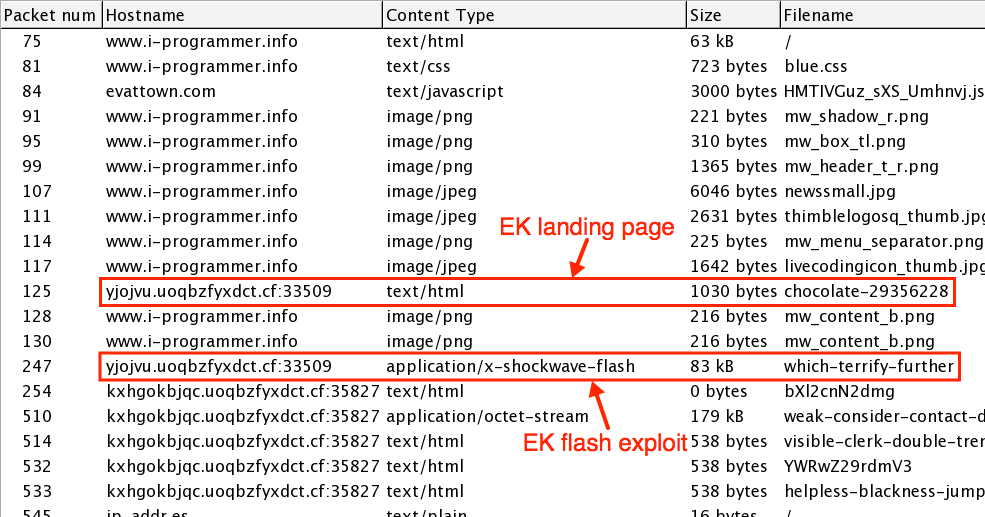
Here is a link to any.run's sandbox analysis of a document retrieved from the initial URL. Shown above: Link from an email returning a Microsoft Word document. The downloaded document has macros designed to infect a vulnerable Windows host. Unfortunately, I do not have a copy of the email. This infection was caused by a link from an email that returned a Word document. Worst case? If you extract the malware from the pcap and accidentally run it, you might infect your Windows computer.Īs always, beware, because there's actual malware involved here. If you're using a Windows host to review the pcap, your antivirus (or Windows Defender) may delete the pcap or malware. Why? Because this pcap contains HTTP traffic sending Windows-based malware.


Don't open or review the alerts file yet, because it gives away the answer.Īs before, I'll provide the requirements for this quiz and give some background on the infection. Download the pcap for today's quiz from this page, which also has a JPG image of the alerts list. Today's diary is another traffic analysis quiz ( here's the previous one) where you try to identify the malware based on a pcap of traffic from an infected Windows host.


 0 kommentar(er)
0 kommentar(er)
